Asparagus is one of the easiest vegetables to grow in central Texas home gardens. However, it is not the most efficient crop. You will need a lot of growing space if your goal is to make several meals out of your harvest.
Origins of Asparagus
Asparagus is an old vegetable with different cultivars. It was grown in gardens 2000 years ago in the eastern Mediterranean, and wilder varieties originate in Africa. The Greeks and Romans used to offer it to their gods in their rituals. It came to America with the settlers but was not grown for market until the mid-1800s.
When to plant asparagus in Central Texas?
Asparagus is a cool-season vegetable. Transplants are usually available in nurseries in late fall. So planting them would be around November. Bare roots or crowns start showing up in every garden center by the end of winter and early spring.
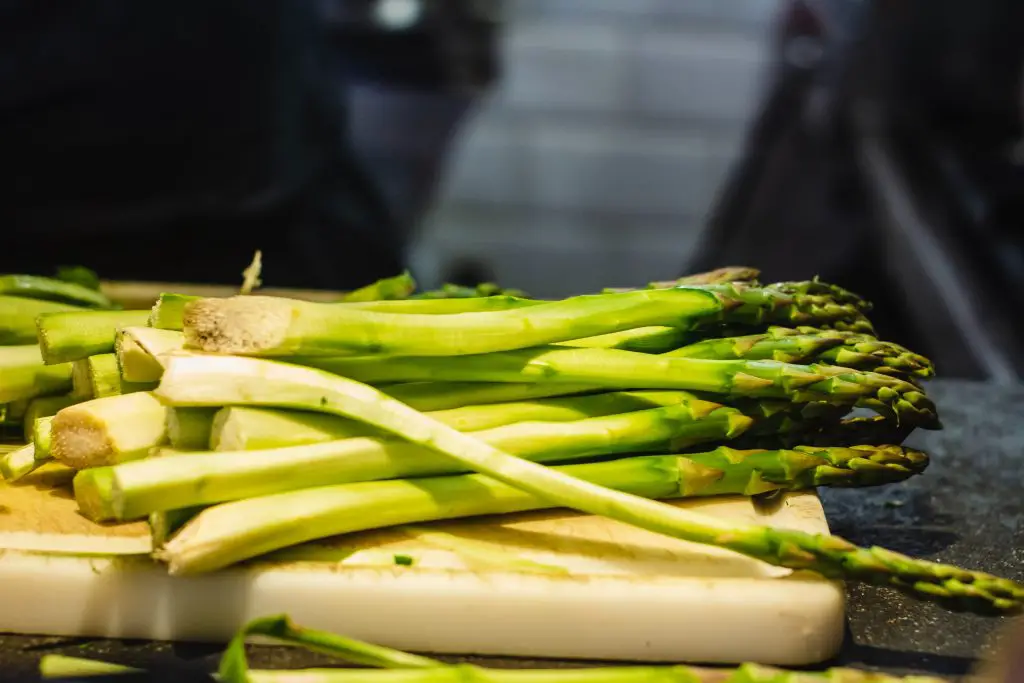
Grow from seed vs. crown
Growing asparagus from seed is quite time-consuming. First, the seeds take about eight weeks to germinate, then the plant needs to grow for three more years before getting any harvest.
Crowns are the standard way to grow asparagus since they are already two to three years old. You will have to wait only for two years before harvesting.
Asparagus planting requirements
Soil
Asparagus is a perennial crop and will grow in the same spot for at least 15 years. Therefore, before planting, choose a location that you will not disturb or need in the coming years.
Asparagus grows best in alkaline soil, which is not an issue in most central Texas regions. Prepare the ground by adding good compost or well-rotted manure. Also, there should not be any weed competition around it. Grow asparagus in raised beds if the location drains poorly, as it does not stand wet feet.
Sunlight
Asparagus grows best in full sunlight, but it can take part shade.
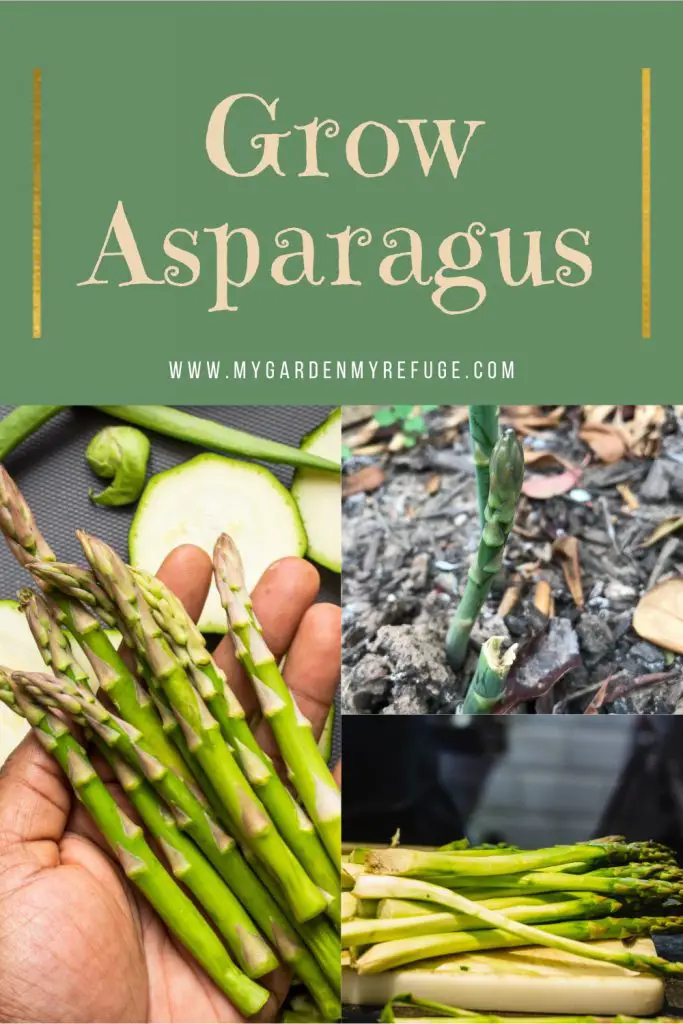
Planting
Asparagus crowns are a bundle of roots that connect in the center, similar to a spider. At planting, slightly mound the soil, then lay the crown draping the roots over the sides. The top of the crown should be 5-6 inches below the soil line.
Watering
Asparagus does not like either dry or wet soil. Water as soon as you notice the first top inch of soil is dry. Watering frequency will vary depending on soil quality and the season.
Fertilizing
Add an initial application of organic fertilizer at planting time. Then you can apply another dose mid-winter once established. After the last harvest, fertilize with a high nitrogen fertilizer to promote fern growth, which will feed the roots.
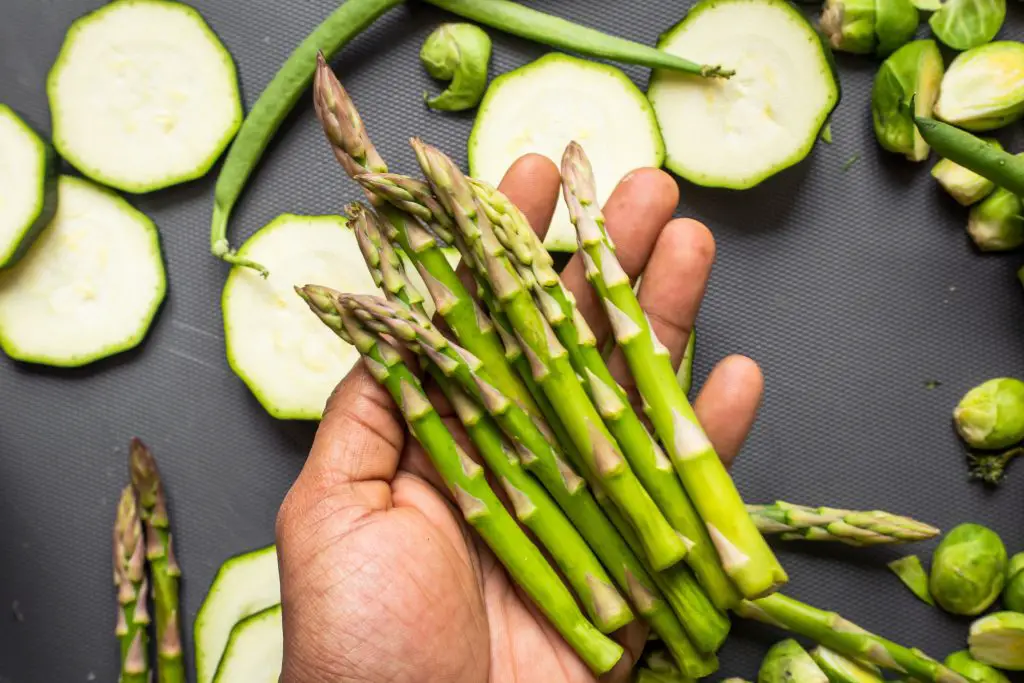
Harvest
Commercial crowns are usually two to three years old, so the spears come out very thin in the first growing season and should be left to grow into ferns. They grow up to four feet tall during the summer, then die back with the first hard frost.
Allowing the ferns to grow feeds the crowns encouraging better spear quality the following year. After two years of growth, the spears have a better thickness and are ready for harvest. Avoid harvesting any spears that are less than a pencil-size thick. Always leave a few spears to grow into the foliage to strengthen the roots.
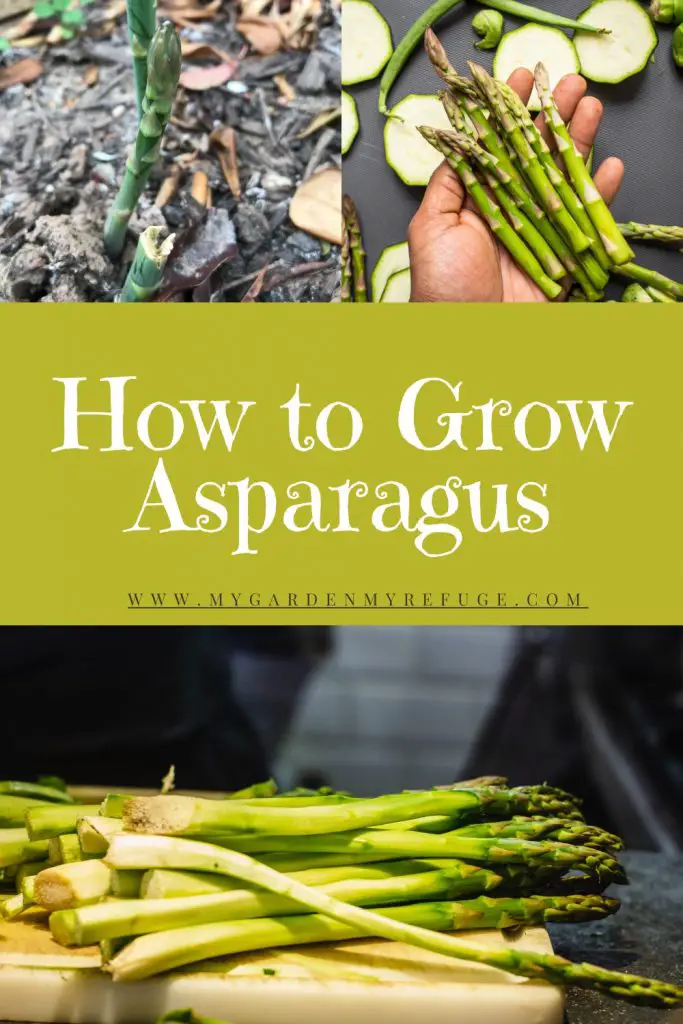
How to care for asparagus?
Asparagus does not appreciate weed competition, especially during the first two years of growth, so remove any undesirable vegetation as soon as it appears. To help suppress the weeds, spread two to three inches of mulch.
At the first hard frost, cut back the yellow foliage to the ground and add some compost to the bed. Sometimes, a few spears may appear during mild winters in the winter.
Pests
The asparagus beetle is the leading pest that could destroy your asparagus. The insect overwinters in the plant debris, which you must discard immediately after cutting it back. If you encounter a beetle feeding on your asparagus, just hand pick it or use an organic insecticide in case of an infestation.
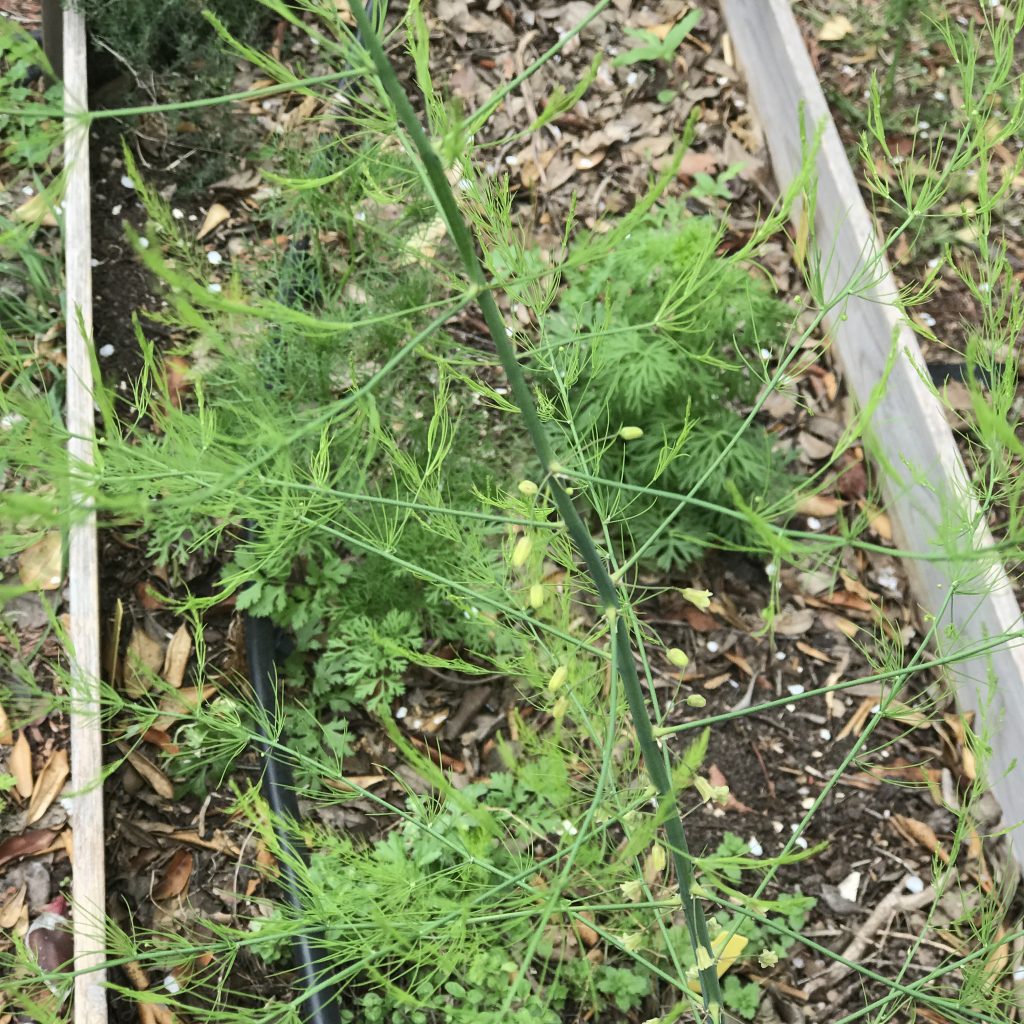
Nutritional value
Asparagus is another great vegetable to add to your diet. It is low in calories and a powerful antioxidant with its high load of vitamin C, E, and flavonoids. It is also high in fiber, which promotes good gut health.
What causes the strange pee smell?
Asparagus contains a unique acid called asparagusic acid. Once digested, it breaks down into sulfur-containing byproducts. When you pee, the sulfur evaporates immediately, causing an unpleasant smell.
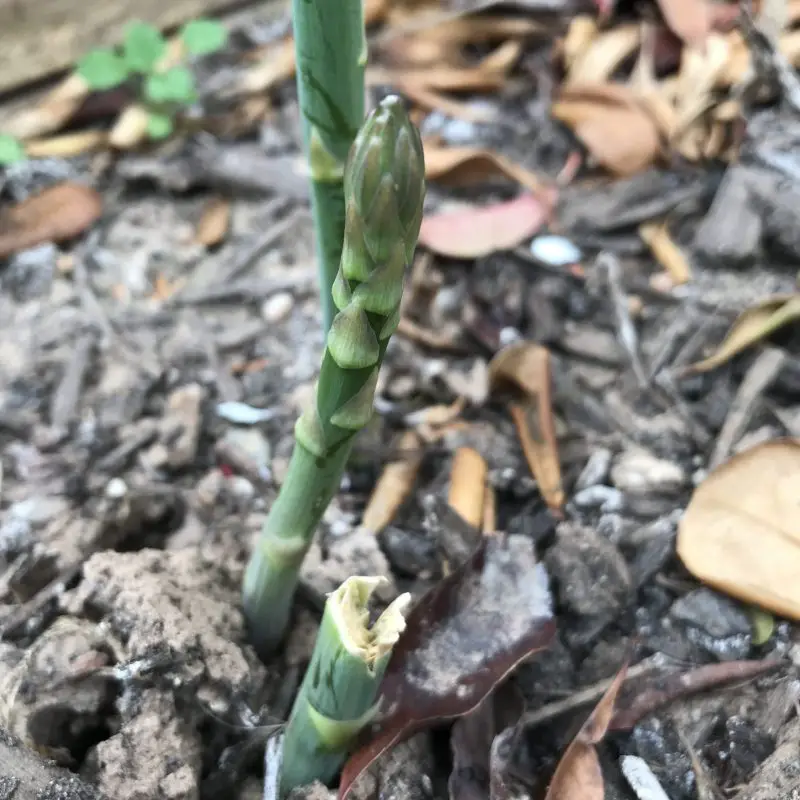
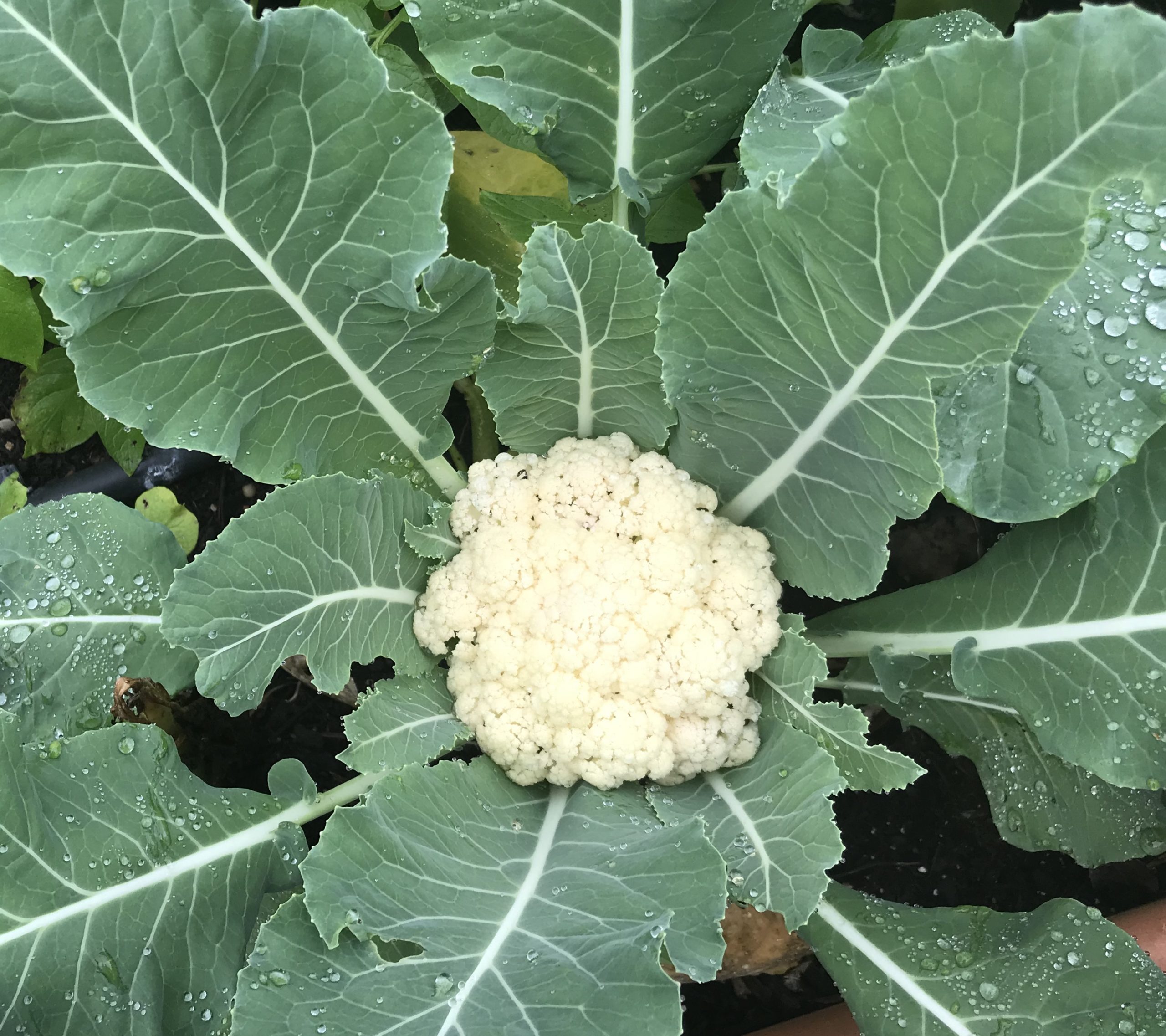
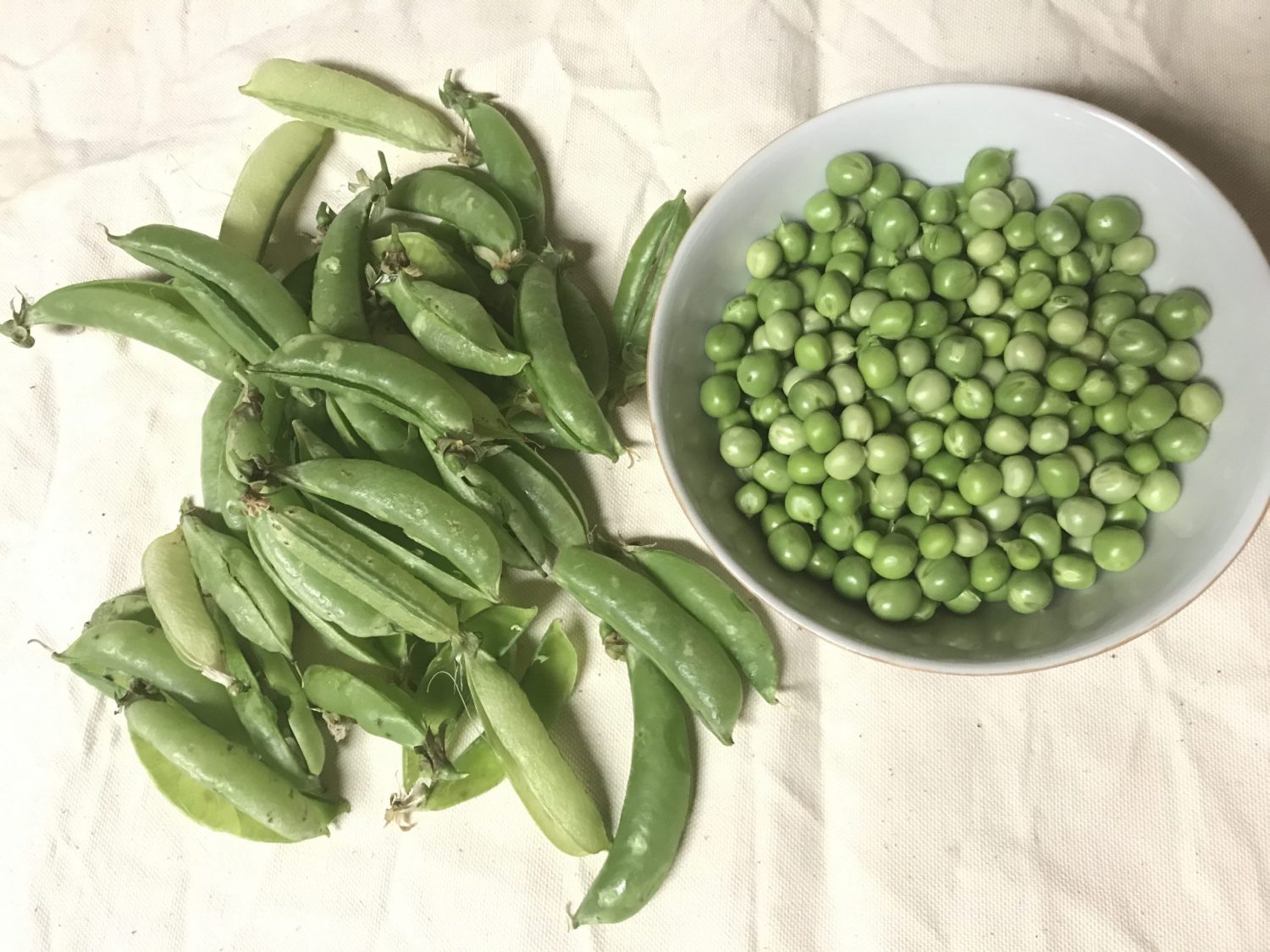
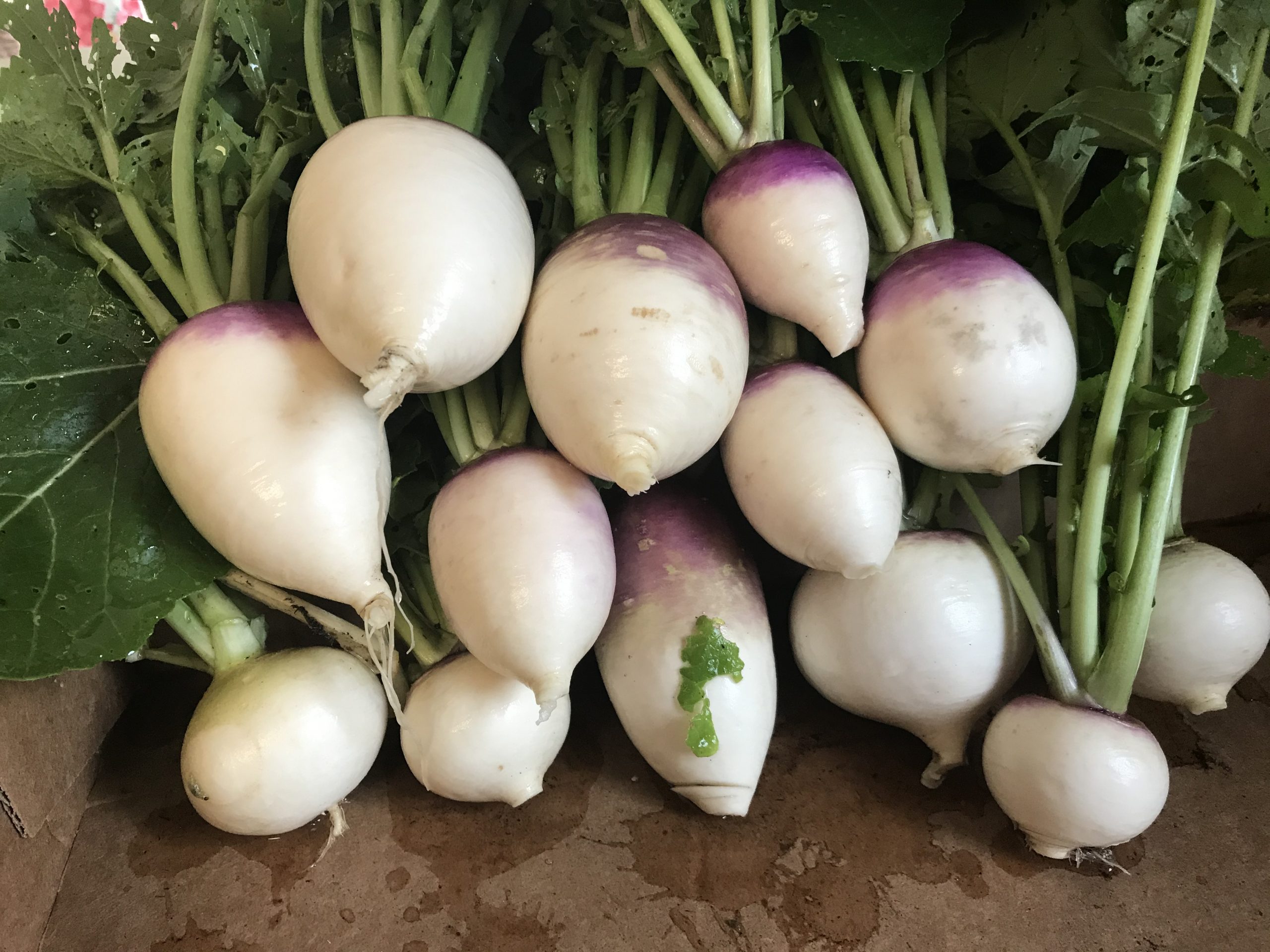

When is best time to harvest asparagus to eat?
After planting, you should give it two years before starting to harvest anything. The spears will turn into ferns during the summer. The foliage will feed the roots for the following season. In the third year, you can start harvesting spears that are one in thick and five to six inches long.
Thank you for passing by.
What brand should I buy for ft worth area growing in Tx?
According to Agrilifeextension, Martha Washington , Mary Washington, and Jersey Giant are the best producers. In my experience, however, since I grow from crown or starts, I use whatever the local nursery offers.
If I plant it in one bed to start the crown development would it be set back if transplanted to a more permanent bed in a year or two? Is transplanting after a certain growth level not advised?
Thank you Amie for passing by and sorry for the delayed reply.
Generally speaking, transplanting asparagus is not advised. However, if you are starting from seed, transplanting is inevitable. And yes, I did find that transplanting the crowns does set back the growth.